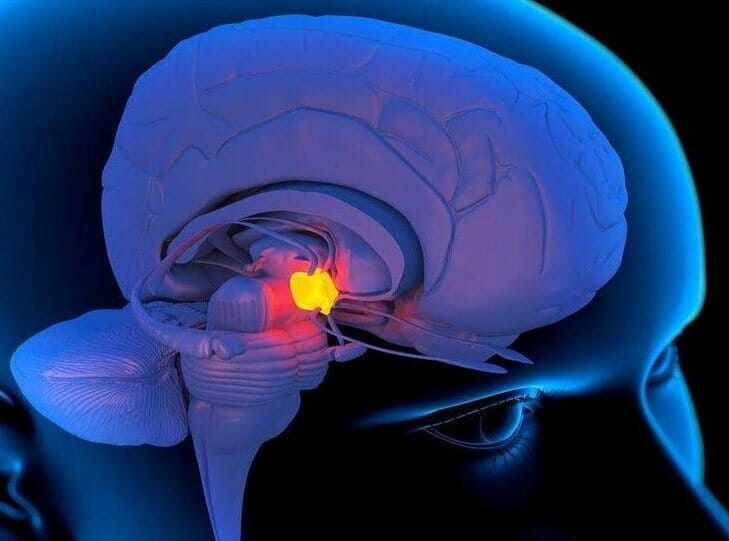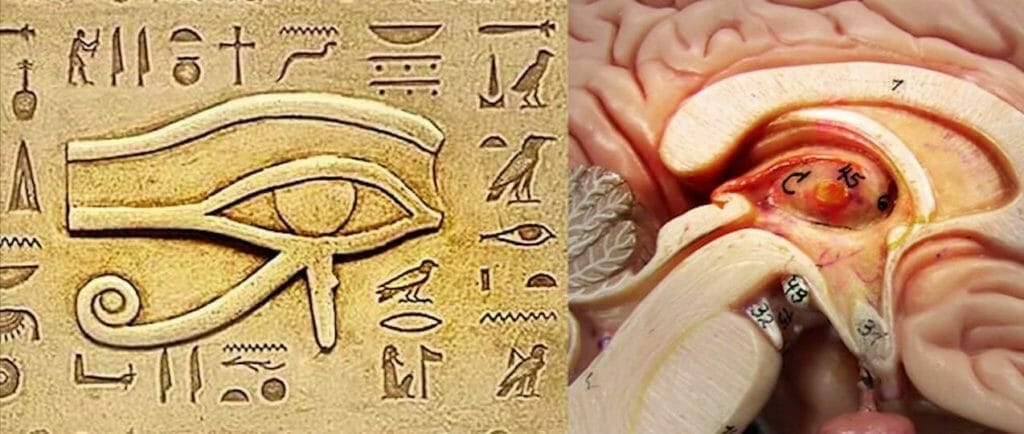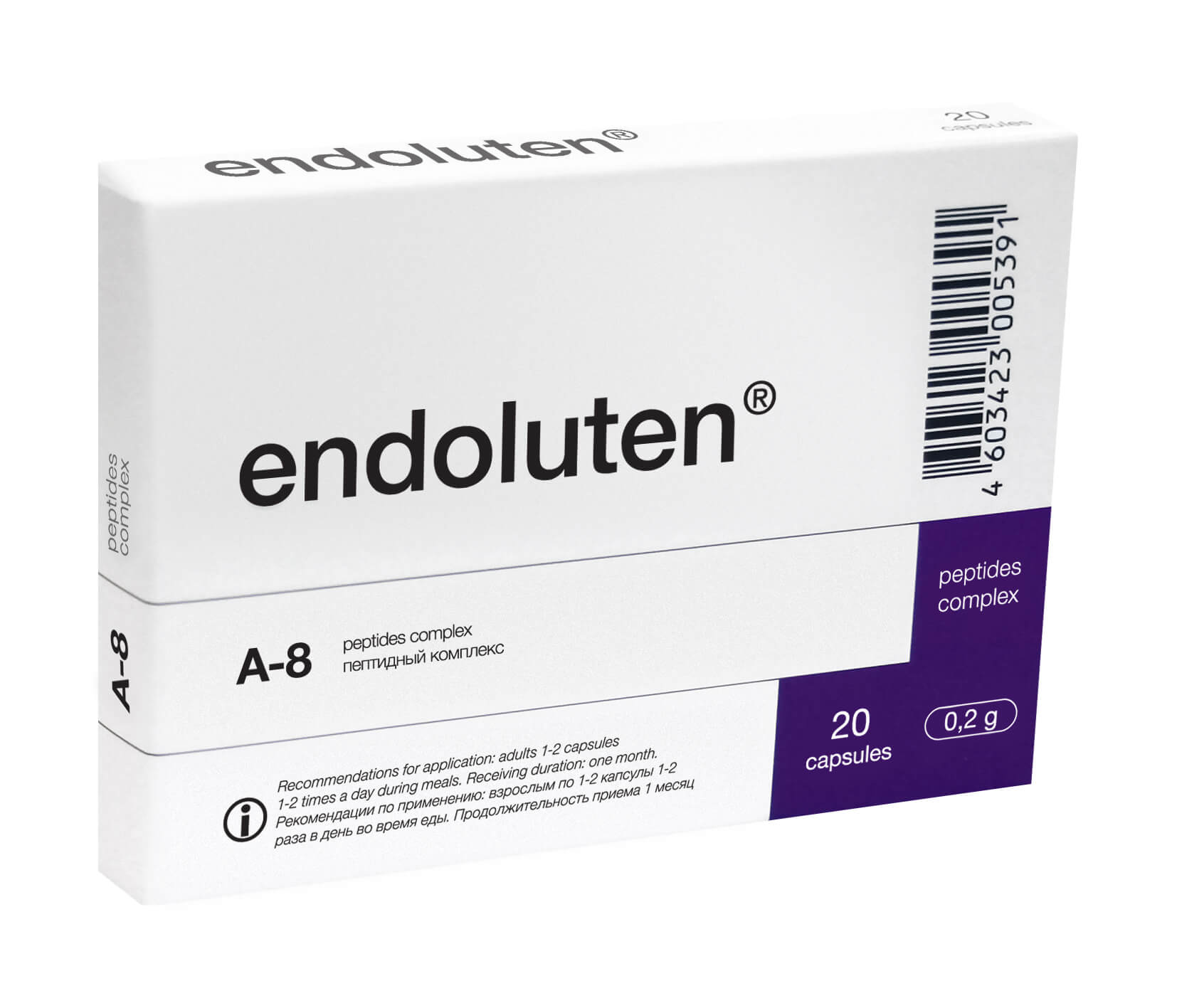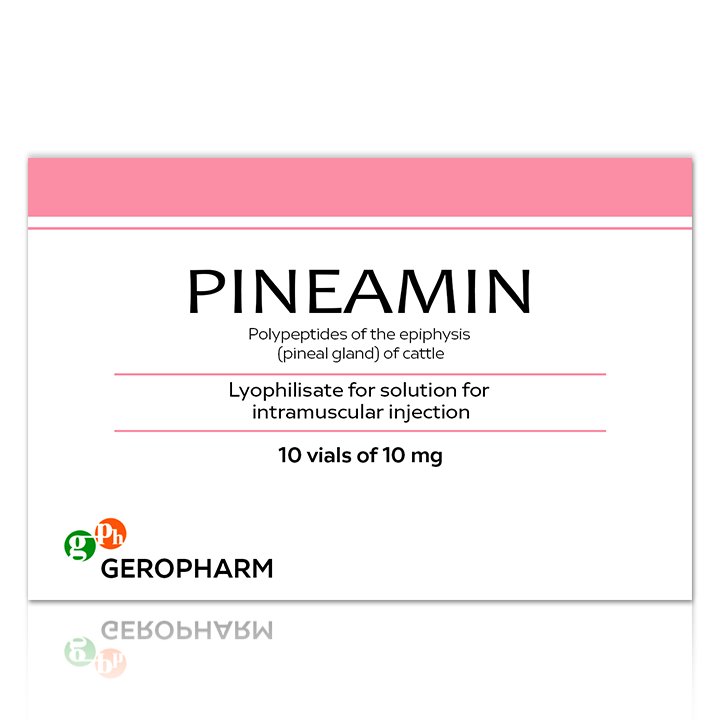How to Use Pineal Gland Peptides for Anti-age Purposes?
January 17, 2024
Are bioregulator peptides nature’s best-kept secret for health regeneration and anti-aging? These tiny chains of amino acids are at the forefront of scientific study for their ability to regulate cellular function and promote tissue repair. Discover the role of the pineal gland peptides in modern medicine and potential to enhance longevity in our in-depth exploration.

What is the pineal gland?
The pineal gland (lat. Corpus pineale, epiphysis cerebri) is one of the most famous endocrine glands in the Gerontological Society – Journal of Pineal Research. Rapid development of chronobiology – the science of cyclic processes in the body – gave the pineal gland and its hormone melatonin the leading role in the implementation of circadian, seasonal and annual rhythms of various functional systems of the body [2].
The pineal gland as a morphological structure has been known for more than 2,000 years. The term was first introduced by Claudius Galenus a Greek physician, surgeon and philosopher. The term comes from Italian pine. In appearance, the pineal gland indeed resembles a pine cone that has a slightly bumpy surface and a grayish-red color, its average length is 8-10 mm, width – 6 mm.
Where is the pineal gland located?
Epiphysis is located in the epithalamus, near the center of the brain, between the two hemispheres, tucked in a groove where the two halves of the thalamus join. Epiphysis is especially noticeable at a young age, the size of the gland grows until 2 y.o. and remains more or less constant until 18-20 y.o., later calcium and magnesium salts are deposited in it. The mass of the pineal gland in adults is approximately 120 mg.

What does the pineal gland do?
The pineal gland is a neuroendocrine transducer that produces several hormones, including:
- serotonin – hormone of happiness;
- melatonin – hormone of youth;
- antigonadotropins mostly used in gynecology;
- adrenoglomerular hormone which affects the adrenal glands and regulates blood pressure.
Various functions of the pineal gland suggest that it plays an important role in the regulation of life expectancy and longevity. The aging of the pineal gland, which begins after puberty, leads to the aging of the whole organism. Therefore, it is important that the cells of the pineal gland remain intact as long as possible and perform all their functions in full.
How to activate the pineal gland?
There are several ways how you can activate the pineal gland. To ensure optimal benefits for health, it is crucial to take into account one’s specific health condition and seek guidance from a healthcare professional to identify the most suitable regimen for individual needs.
Food
We get peptides from food every day. Food that we eat contains proteins. In the stomach they are split into short peptides, which are not further degraded. These short peptides are absorbed in the intestine, enter the bloodstream, then into cells, bind to specific surface receptors of cells, such as G-protein-coupled receptors (GPCR) or ion channels, thereby triggering intracellular reactions. This is the essence of proper nutrition and . Peptide bioregulators can be incorporated into a daily diet as well.
Khavinson peptides
The discovery of peptide bioregulators goes back to the Cold War era, several decades ago. The scientist behind this revolutionary finding was the distinguished Vladimir Khavinson. Dr Khavinson dedicated his life to the issues of accelerated aging and longevity. Professor Khavinson’s research is instrumental in the development of peptide bioregulators. His discovery of bio regulators in human organs is significant due to their potential to:
- Regenerate tissue,
- Stimulate cell proliferation and differentiation,
- Decrease cell apoptosis,
- Activate genes for cellular regeneration.
A unique aspect of Khavinson’s discovery is the biological reserve of peptides in every human organ. He devoted a whole book to pineal gland peptides and their effectiveness in anti-aging. According to Khavinson these peptides play the crutial role in the functional state of cardiovascular and central nervous systems, immune and endocrine status of the organism, lipid and carbohydrate metabolism, hepatic detoxicating capacity, and functional age of the organism’s physiological systems.
Below are some of the russian star peptides by Khavinson.
1. Endoluten
The peptide preparation of the pineal gland Endoluten is included in the group of cytomaxes. This peptide supplement is designed to normalize the level of melatonin secretion, which decreases with age. Endoluten peptide is sometimes used by people as young as 25-30 y.o. to maintain the health of the hormonal system and delay premature aging, as well as to curb the development of age related diseases.
2. Pineamin
Pineamin is an injectable preparation containing polypeptides of pineal gland (PPG), which helps to restore the optimal functional density of pineal gland cells. This drug action indirectly through the activation of internal inhibitory structures, can solve the problem of menopause symptoms as well as restore melatonin secretion in the elderly. [9, 13]
What are the benefits of peptide bioregulators in the human body?
Peptides do not replace the function of organs, but help to normalize and prolong their work and hence influence the life span. Peptides are easily and organically incorporated into the vital processes of the human body.
The peptides of the research are said to have no side effects. They target certain organs and tissues, have a mild normalizing action and do not accumulate in the body. Given their attractive pharmacological profile and other properties such as safety, good tolerability and efficacy, peptides are becoming more and more popular among nootropic enthusiasts.
Why are pineal gland peptides so expensive?
Although the price of many epiphysis peptides is quite high, it should be noted that the pineal gland is very small in size and weight. Accordingly, even one capsule of that same Endoluten per day is more than enough. The most effective scheme for using Endoluten is considered to be: 1 capsule in 2 days for a month.
The course of pineal gland peptide drugs are often taken twice a year upon the doctor’s recommendations.
Summary
In conclusion, peptide bioregulators offer a promising frontier in regenerative medicine and anti-aging science. From their discovery to their potential applications, these small peptides hold the key to unlocking new possibilities in health and longevity. As research continues to evolve, the future of peptide bioregulators looks bright, promising to revolutionize our approach to health, aging, and disease treatment.
Bibliography
- Lissoni P et al (1995). Immuno Endocrine therapy with low-dose subcutaneous interleukin-2 plus melatonin of locally advanced or metastatic endocrine tumors. https://pubmed.ncbi.nlm.nih.gov/7854778/
- Semicheva TV, Garibashvili AY (2000). Epiphysis: modern data about its physiology and pathology. https://www.probl-endojournals.ru/jour/article/view/11864#
- Khavinson V.Kh. (2002). Peptides and ageing. https://khavinson.info/publications
- Eva S Schernhammer et al (2003). Night-shift work and risk of colorectal cancer in the nurses’ health study. https://pubmed.ncbi.nlm.nih.gov/12783938/
- Elisabeth Filipski et al (2004). Effects of chronic jet lag on tumor progression in mice. https://pubmed.ncbi.nlm.nih.gov/15520194/
- Padhi A. et al. (2014). Antimicrobial peptides and proteins in mycobacterial therapy: Current status and future prospects. https://pubmed.ncbi.nlm.nih.gov/24813349/
- Dyakonov VV (2015). The use of Ovariamin and Epifamin for the normalization of ovarian function in women with climacteric disturbances. https://cyberleninka.ru/article/n/primenenie-ovariamina-i-epifamina-dlya-normalizatsii-funktsii-yaichnikov-u-zhenschin-s-klimaktericheskimi-rasstroystvami/viewer
- Zvereva Ye. Ye., Bessalova Ye.Yu (2016). A History Of Pineal Gland Researching: Between Mythology And Science. https://cyberleninka.ru/article/n/istoriya-izucheniya-shishkovidnogo-tela-mezhdu-mifologiey-i-naukoy/viewer
- Prilepskaya V.N. (2017). Climacteric syndrome: novel modalities for menopausal therapy. https://geropharm.ru/uploads/multimedia/parsed/pdf/88c305449c44b4ce96769e1c35d09455.pdf
- Trofimova SV et al (2017). Pineamin increases the synthesis of melatonin in the pineal gland in elderly people. https://khavinson.info/assets/files/russ/2017-trofimova.pdf
- Yvan Touitou et al (2017). Association between light at night, melatonin secretion, sleep deprivation, and the internal clock: Health impacts and mechanisms of circadian disruption. https://pubmed.ncbi.nlm.nih.gov/28214594/
- Eva S Schernhammer et al (2019). Shift Work, Chronotype, and Melatonin Rhythm in Nurses. https://pubmed.ncbi.nlm.nih.gov/31142495/
- Yureneva SV et al (2020). The results of an open-label comparative randomized controlled clinical trial of the use of combined treatment including Pineamin in postmenopausal women. https://geropharm.ru/uploads/multimedia/gerofarmyurenevaakush2202.pdf
- Reiter R. et al (2020). Melatonin Inhibits COVID-19-induced Cytokine Storm by Reversing Aerobic Glycolysis in Immune Cells: A Mechanistic Analysis. https://www.researchgate.net/publication/341292203_Melatonin_Inhibits_COVID-19-induced_Cytokine_Storm_by_Reversing_Aerobic_Glycolysis_in_Immune_Cells_A_Mechanistic_Analysis
- Acuña-Castroviejo D et al (2020). Clinical trial to test the efficacy of melatonin in COVID-19. https://pubmed.ncbi.nlm.nih.gov/32770854/
- Vlachou M et al (2021). Pineal hormone melatonin as an adjuvant treatment for COVID‑19 (Review). https://www.researchgate.net/publication/349150862_Pineal_hormone_melatonin_as_an_adjuvant_treatment_for_COVID-19_Review

